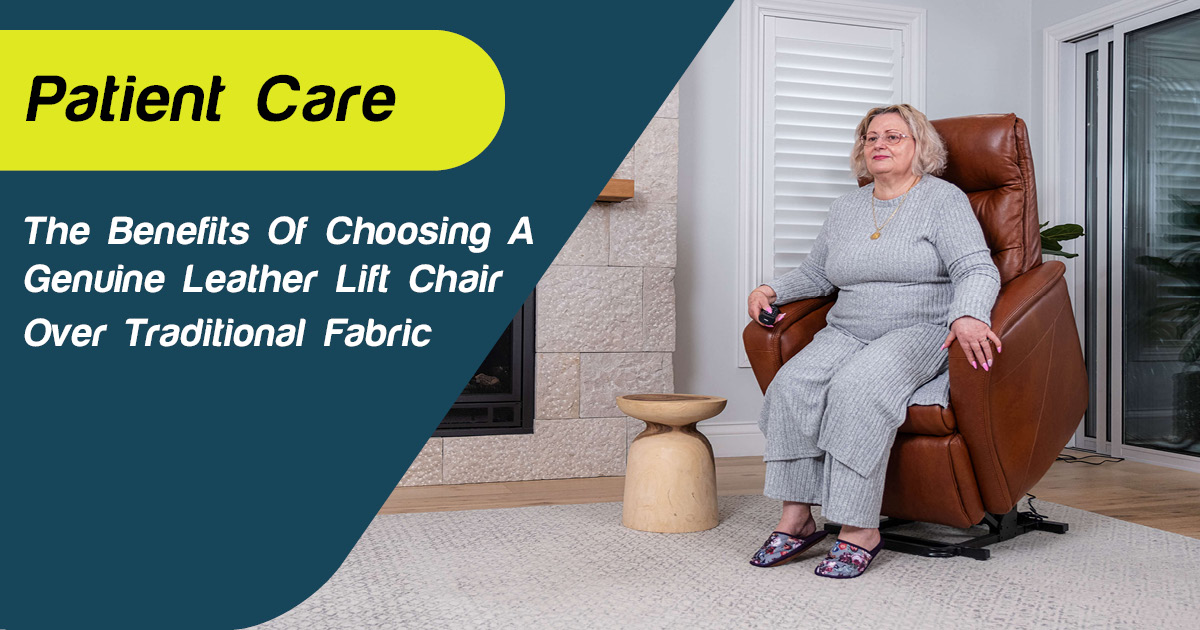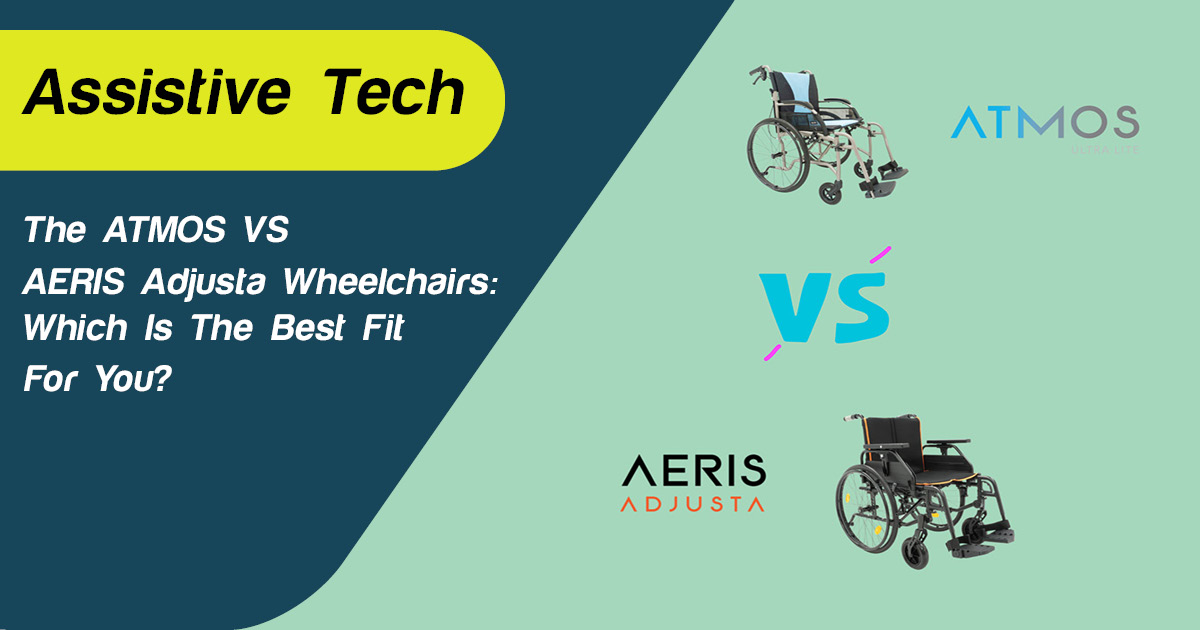
Share
Patient safety is paramount in healthcare — it forms the foundation for delivering high-quality care and fostering positive health outcomes. From accurate patient identification and effective communication to infection control measures and the safe use of disability equipment, several elements play into a safe healthcare environment.
Here, we explore eight ways to improve patient quality and safety in healthcare.
1. PROVIDE RELIABLE AND ACCURATE IDENTIFICATION SOLUTIONS
Patient identification products are crucial in healthcare settings. This might include personalised identification bracelets, tags, or cards for accurate patient identification, minimising errors and ensuring the correct equipment is used and care provided.
Personalised identification bracelets allow quick access to vital patient information like medical conditions and allergies, facilitating prompt and appropriate care. Identification tags or cards with a barcode can streamline the identification process, saving time and reducing the risk of misidentification.
These simple solutions improve patient safety by eliminating mix-ups and confusion, enabling healthcare professionals to make informed decisions and ultimately enhancing their patient’s overall well-being and health outcomes.
2. PROMOTE EFFECTIVE COMMUNICATION AND COLLABORATION
Encouraging open and clear communication is crucial for enhancing patient safety and quality of care. Effective communication fosters understanding, trust, and collaboration, improving health outcomes and care.
Speech-to-text devices, for example, can help individuals with hearing impairments or communication difficulties to understand spoken information by converting speech into written text. These devices promote effective communication between you and your patients, ensuring that crucial medical information is accurately conveyed.
Communication boards are another valuable tool. These boards include symbols, pictures, or words that individuals can point to and express their thoughts, needs, or concerns. They’re particularly useful for patients with speech or language difficulties, enabling them to actively participate in their care and make informed decisions about their treatment.
The use of these aids promotes patient safety by minimising misunderstandings and ensuring that patients' voices are heard and understood.
3. EMPHASISE SAFE AND APPROPRIATE USE OF DISABILITY EQUIPMENT
The safe and proper use of disability equipment is essential for minimising the risk of accidents or injuries in healthcare settings. We recommend providing all team members with comprehensive training materials, instructions, and visual aids to ensure equipment is used properly.
Develop user-friendly training materials that outline proper handling, operation, and maintenance, using clear language, diagrams, and troubleshooting tips to accommodate different learning styles. Supplement written materials with instructional videos or online modules for a more engaging learning experience — alternatively, visual aids like posters or infographics can help reinforce safety messages.
You might also visit our blog for instructional guides and safety advice from the team at Active Mobility.
Regularly update your educational material to reflect new safety guidelines or technology advancements
4. ADVOCATE FOR INCLUSIVE HEALTHCARE ENVIRONMENTS
Creating inclusive environments that address the needs of people with disabilities is crucial in promoting patient safety and ensuring equal access to healthcare services.
One aspect of creating an inclusive environment involves ensuring physical accessibility. Install accessible ramps, elevators, and lifts, allowing individuals with mobility challenges to easily navigate the premises. Assess the facility's layout and recommend appropriate modifications for wheelchair users, like widening doorways or rearranging furniture for better maneuverability.
Specialised furniture and assistive devices are another consideration — adjustable examination tables, chairs, and other furniture that accommodate individuals with varying physical abilities and assistive devices like patient lifts, transfer aids, or mobility aids to support patients with disabilities during their visits.
5. COMMIT TO INFECTION CONTROL
It’s crucial to provide infection control products and equipment that prevent the spread of infections. Offering sanitising wipes, covers, or disinfection devices can help maintain a clean and hygienic environment, ultimately promoting patient quality and safety in healthcare.
Sanitising wipes are effective for cleaning and disinfecting disability equipment surfaces — they help remove germs and reduce the risk of cross-contamination. Similarly, covers for equipment like wheelchairs, walkers, or commode chairs create a protective barrier that can be cleaned or replaced between uses, preventing the transmission of pathogens.
It’s also important to ensure your team receives proper training on infection control practices. This includes educating them on the correct use of disinfection products, frequency of cleaning, and appropriate techniques to prevent damage to disability equipment during the process.
6. COLLABORATE WITH DISABILITY EQUIPMENT SUPPLIERS
Partnering with a disability equipment supplier like Active Mobility allows you to offer innovative solutions that significantly enhance patient safety. By integrating advanced sensors, alarms, or monitoring systems, you can provide an extra layer of protection and enable timely responses to emergencies or abnormal situations.
For example, sensors, alarms and alert systems can be installed in the space to alert your team when a patient has fallen out of their bed or chair, triggering an immediate alert for fast assistance and care. This reduces the risk of adverse events or complications.
7. SUPPORT ONGOING EDUCATION AND TRAINING
Education and training programs are vital to ensure the safe and effective use of disability equipment in healthcare settings. Providing resources, workshops, and ongoing support enables your team to deliver the highest level of care to patients with disabilities.
Training programs should focus on various aspects of disability equipment, including best practices for proper handling, operation, and maintenance. These programs should cover topics like infection control, equipment safety guidelines, and troubleshooting techniques. Equipping your team with this knowledge empowers them to use the equipment correctly, minimising the risk of accidents or mistakes that could compromise patient safety.
Workshops could include hands-on training sessions where your team can practice using the equipment in simulated scenarios. This practical experience enhances their proficiency and confidence in handling disability equipment, ensuring optimal patient care.
8. CONDUCT REGULAR SAFETY AUDITS AND ASSESSMENTS
Conducting audits and assessments of disability equipment is essential for patient safety.
Safety audits involve a systematic review of the equipment, its usage, and the processes involved. Evaluate the condition and functionality of the equipment, ensuring that it meets industry standards and guidelines for safety — this might include inspecting the equipment for any wear and tear, checking for the proper functioning of safety features, and verifying that maintenance procedures are followed.
Note: Some mobility aids like ceiling hoists, floor hoists and wheelchairs require six-monthly or yearly servicing. Active Mobility provides one-off services and regular maintenance contracts for hospitals, schools and care homes — contact our service department to learn more and set up a regular maintenance schedule.
During assessments, collaborate with your team to help identify potential risks and areas for improvement. They can provide valuable insights into daily challenges or concerns related to the equipment's usability, ergonomics, or compatibility with other systems. Together, you can review incident reports, feedback and patient experiences to identify areas where patient safety can be enhanced.
Based on the findings of safety audits and assessments, you can upgrade equipment, modify processes, or provide additional training and resources to address identified risks and improve patient safety.
FIND RELIABLE, LONG-LASTING DISABILITY EQUIPMENT FOR YOUR FACILITY ONLINE AT ACTIVE MOBILITY
Improving patient safety in healthcare settings is an ongoing effort that requires collaboration, education, and a commitment to care. Implementing measures like those listed above can create an environment where patients feel secure, confident, and well-cared for.
At Active Mobility, we collaborate with healthcare professionals to provide the best possible care for their patients and clients. With this in mind, we stock an extensive range of patient care equipment from the world’s most trusted, reliable brands, ideal for maintaining a safe environment for patients.
Browse through our collection and order online for fast, convenient delivery.









